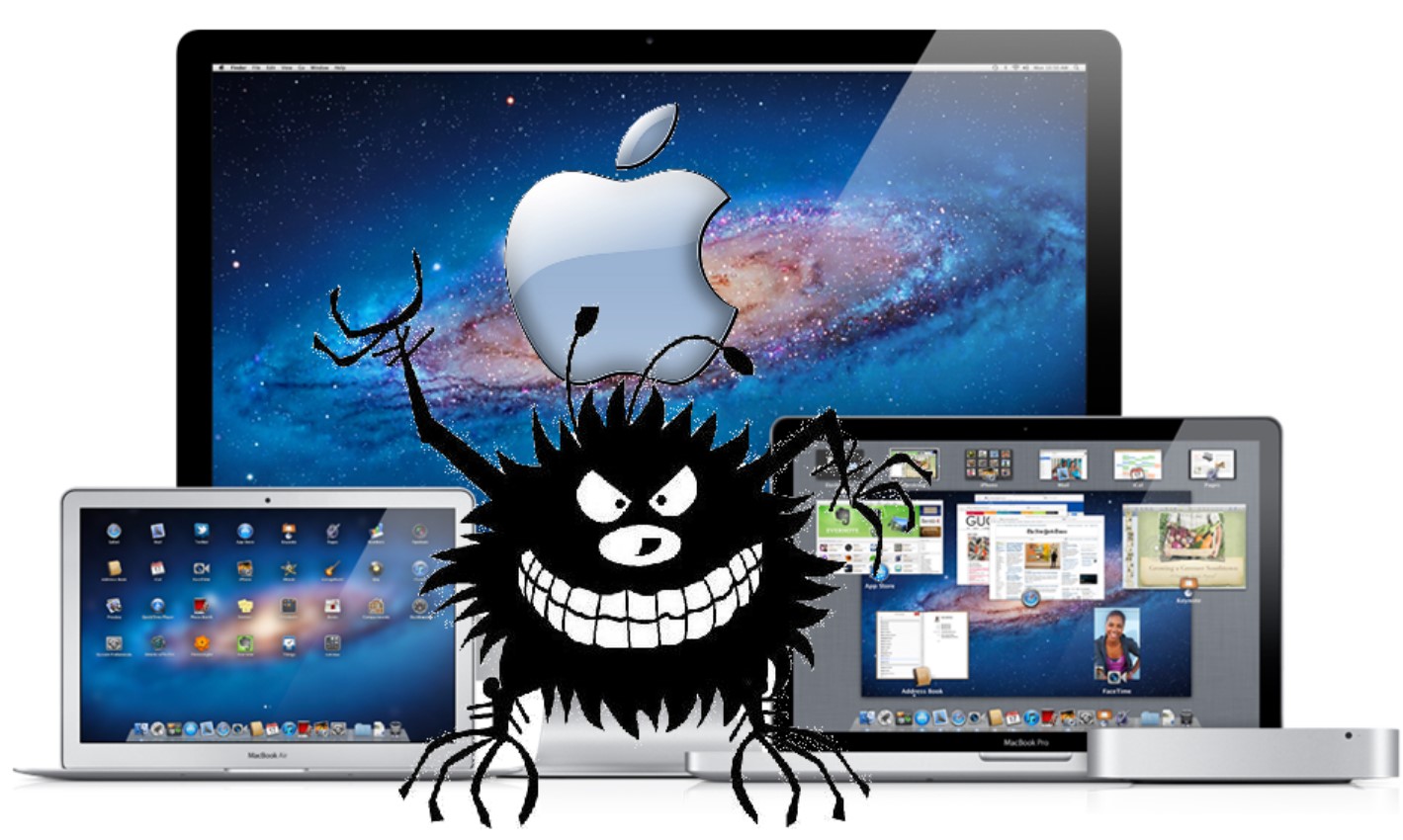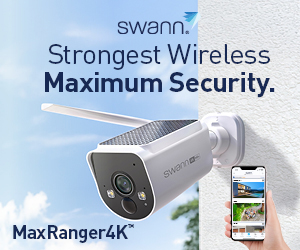Stay safer online offers simple steps to help secure your home or mobile device. Whether you are a Gen A or Senior, take a few minutes to check these steps.
Mobile is a minefield
Think of a mobile phone as the key to your digital world. It may have your banking, health, shopping, government, and tax apps that a hacker could use if they got hold of the phone. The Android solutions are:
- Activate a Pin and, if possible biometric fingerprint and face recognition to lock the phone when not in use. This will be under Settings and Security. Now you have locked the front door.
- Use a paid Antivirus/Malware App. Trend Micro Mobile Security for Android (and iOS) is $29.95 for each Android device. I also like Malwarebytes for Android, and it is a similar price to Trend (forget any bundles – all you need is the security part). These will identify and fix any threats on your mobile. There are also versions for Windows, Mac, and iOS.
- Remove any unused Apps. Go to Settings, Apps and App Management to see what is installed. Don’t delete any Google App but clear out any you are not using. If in doubt, search for the Apps name to find what it does. Also, remove any unnecessary permissions.
- Keep operating system versions and security patches up to date. Under Settings, search for Software Update.
Recommended Android options:
Pay for a VPN app if you use it for financial transactions, online shopping, or transmitting sensitive data. In Australia, we recommend Private Internet Access for Android, but you can get it as part of the PIA package covering ten devices for Windows, Android, Mac, iOS etc.
Use a paid password manager like LastPass that works on Windows, Android, Mac, iOS etc. This helps to ensure you use different and strong passwords that you can access securely on all devices.
The last word – don’t believe the hype that iPhone is safe. There are 2813 known iOS CVEs, and while Android CVEs are 4681, only 2108 are current.

Windows Home PC/Laptop/Tablet
To many, the PC is the centre of their world – using a keyboard, and a larger screen than mobile is more accessible. But you must remember that, like the mobile, it has the same security issues.
- Enable a PIN login and, if possible, Face ID (Windows Hello). That locks
- Use a paid Antivirus/Malware App – preferably the same as your mobile. It is more likely that malware will come into the system via email, and the recommended ones cover email scanning.
- Remove unused programs from Control Panel, Programs and Features and Apps from Settings, Apps. While you are there, turn off any Apps that want to access your mic, contacts, calendar, mail etc. (unless they need to).
Ditto for Mac – they are not secure with 3702 CVEs versus 2954 for Windows 10 and 510 for Windows 11.

Home Networks and IoT like cameras, TVs etc
Home networks are vulnerable, and hackers can access everything there.
Contact your Router maker – all the reputable ones have Australian support) and ask about router security. But the reality is that all older routers suffer from security issues and should be upgraded to at least Wi-Fi 6.
Netgear/Orbi has a paid Armor (Bit Defender and network security), and TP-Link has HomeSheild for A$89.99 (mainly network protection and parental controls).

Trend Micro Home Network Security is the easiest way to secure all devices. It is pretty router agnostic and puts a black box between it and the internet. It is highly recommended. If you go this way, it includes Anti-virus/Malware protection for PC and Macs.

How to minimise data harvesting
- Don’t use public Wi-Fi – if you do, use a VPN
- Take extreme care at ATMs, as fake keypads and card skimmers are in widespread use on generic ATM machines. Generally not at bank branches or use Woolies or Coles to get cash out.
- Never give sensitive information over the phone unless you initiate the call using a known correct number for the bank etc.
- Install anti-virus/malware on your PC, Android, macOS and iOS
- Never use the same password twice. Although it is fine to use a junk password with no connection to real passwords on non-financial accounts. Use a password manager like LastPass.
- Regularly delete Apps and accounts that you don’t use. Where possible, select permanent deletion of your data.
- Do not overshare on social media like Facebook, Instagram, Twitter, Linked In and more. Never reveal information that could be a digital breadcrumb for hackers.
- Never click on a social media, email or SMS link unless you know it is not fake
- The internet is not a nice world so have a healthy degree of paranoia

CyberShack’s view – Stay safer online is a good part of the solution
If you follow these steps, you will be protected from web threats, phishing, poisoned links, antivirus/malware and more – things you cannot control.
There are still all the issues of things you can control – getting conned by a scammer.
Further reading
Think you can identify a scam? You are probably wrong (guide)
Stay safer online, Stay safer online









2 comments
Phil Martin
Good evening,
I currently subscribe to Malwarebytes anti virus including a VPN and have had no problems with the service provided. They are currently advertising an identity theft package also on a subscription basis.
My question is this, – is it an effective package or can the same result occur if i follow common sense when on the net. Love to hear your response. Cheers
Ray Shaw
I like MalwareBytes as a antivirus/malware product – it is perhaps the most effective of all for malware removal. I don’t know enough about its Privacy VPN so won;’t comment except that I have used Private Internet Access https://www.privateinternetaccess.com/ for probably 20 years and I think its the best.
I don’t know enough about the The Identity Theft Package except that most AV vendors offer similar packages. As a tech-savvy user I don;t need it. Read https://cybershack.com.au/news/optus-hack-update-1/ for steps you can take to be safer online.